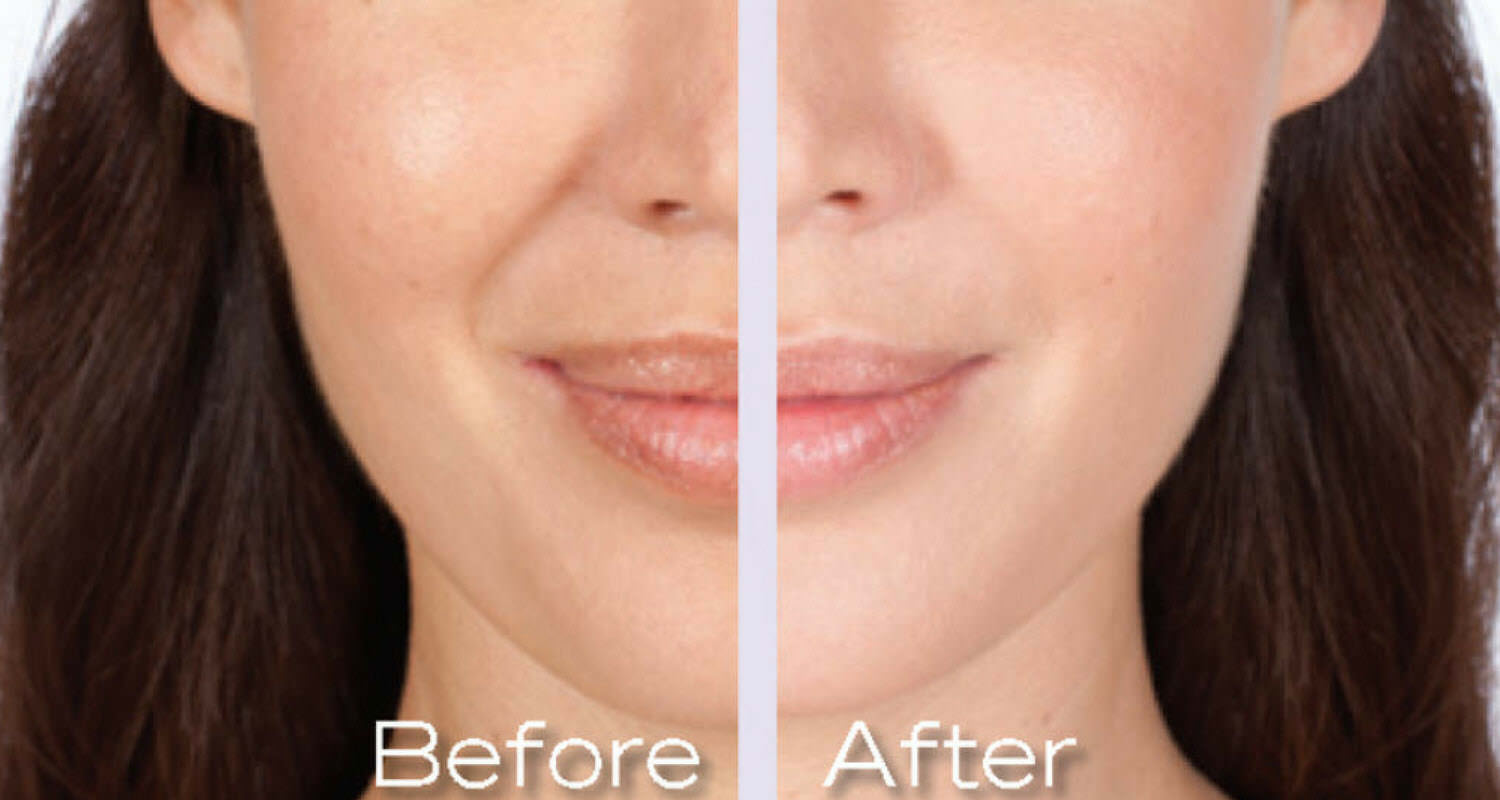Botox and Juvederm are two of the most common cosmetic treatments delivered to people looking to erase the signs of aging. At Spa 35 we've been performing these services for twelve years. Many of our "veteran" clients and a large percentage of people new to non-surgical anti-aging interventions have questions and misconceptions about these services.
This post is a high level overview of the different mechanisms of action of neurotoxins (i.e. Botox, Dysport, Xeomin) and dermal fillers (i.e. Juvederm, Restylane, etc.) to help consumers understand the differences and appropriate uses of each service.
Botox - Wrinkle Relaxer
Botox is the most commonly used non-surgical treatment to combat the signs of aging. It is a neuro-regulator or neurotoxin that blocks the activation of muscles in the area surrounding the injection site. Crow's feet are a common sign of aging that are treated with Botox. Crow's feet are dynamic wrinkles caused by the contraction of muscles around the eyes. Other common treatment areas are between the eyes and the forehead.
Botox is sold by the injected unit. Most people get between 30 and 60 units. Treatments vary by the number of areas treated, the size of the muscles being relaxed and other factors. The effects of Botox typically last about three months, after which re-treatment is required to maintain cosmetic results.
Juvederm - Dermal Filler to Replace Volume Loss
Dermal fillers replace volume loss in skin and fat pads in the face that occurs as we age, improving the appearance of deep lines and folds on the face. An analogy I like to use is the overnight changes seen in a helium balloon. When a helium balloon is early in it's life it is taught with a smooth surface. But the next morning, as helium escapes and it loses volume, the surface of the balloon becomes wrinkled. A very similar action occurs in our faces. Dermal fillers, such as Juvederm, Restylane and Voluma, replace some of the lost volume in our skin and fat pads to more closely resemble how our younger skin and underlying anatomy.
Dermal fillers, such as Juvederm, are sold by the injected syringe. The recommended number of syringes can vary widely, and is usually between 1 and 6. The visual changes created by dermal fillers typically last four to twelve months, though some last longer.
General Guideline - Relax Wrinkles in the Upper Face, Replace Lost Volume in the Lower Face
Usually Botox and other wrinkle relaxers (i.e. Dysport, Xeomin) are used in the upper face, and Juvederm and other dermal fillers (i.e. Restylane) are used in the lower face. The image above illustrates some common areas treated with both types of cosmetic products.
Wrinkle relaxers and dermal fillers are great foundational services to decrease common signs of aging, such as wrinkles and folds. Your cosmetic concerns, goals and budget should guide the selection and prioritization of these services.
Feel free to contact Spa 35 Med Spa for a complimentary consultation to see what services best fit your needs.







